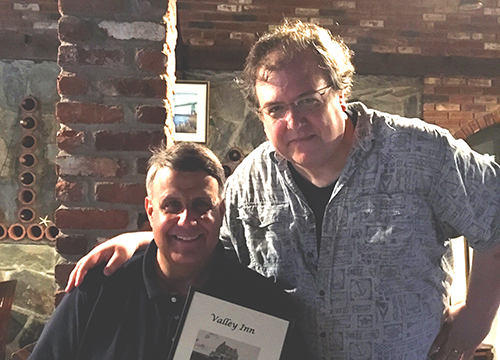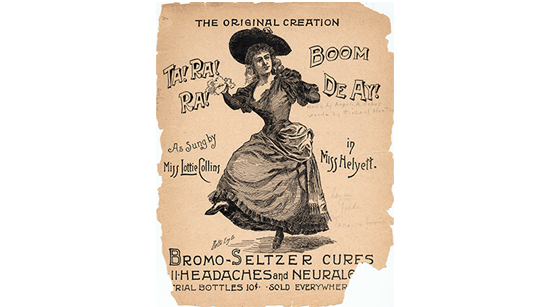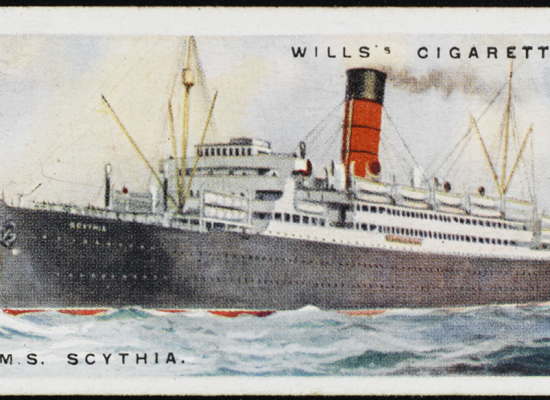
Fall River is named after the Quequechan (pronounced by Fall Riverites Quick-a-shan) which is the word in the Wampanoag tongue for Falling River. While the city has not been called Fall River continuously since the land’s purchase from the Wampanoag (it has also been dubbed, at various times, Freetown and Troy), the river itself, which originates at two large inland ponds and then courses westward into Mount Hope Bay, has been the single most significant natural resource in the city’s history. The Quequechan provided water power to the mills before the days of steam engines and helped put the city into history as a significant center of American textile production. Other textile centers like Lowell, MA and Manchester, NH were financed by Boston conglomerates, but the mills of Fall River were all developed by local families like the Bordens who, in the early days of the 19th century, owned a lot of land around the Quequechan.
The river, one of great beauty and power, has sadly became covered up by the mills, some of which literally straddled the width of the waters. Even today, the river runs underneath a highway. Like the Wampanoag themselves, it is a ghost of the city’s past and an echo of its conscience. We have no evidence that Lizzie Borden thought much about it, although she must have known of its existence.
The opening chapter of “The Forlorn Maggie” entitled “Hidden Waters” describes the river as being like a wandering ghost under the industrial streets. The people enjoying themselves in the sunlight of Main Street, shopping and gossiping, are not thinking about the mills or the hidden waterway that courses under their feet. All that energy, all that wealth, moving silent, deep, and unobserved.
This video shows several images of the river from various stages of Fall River history.



